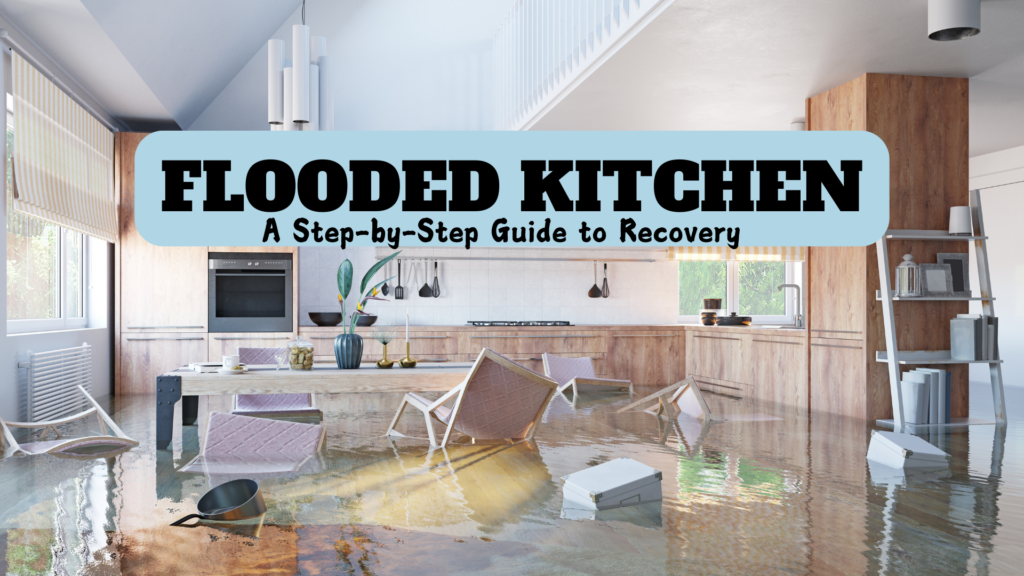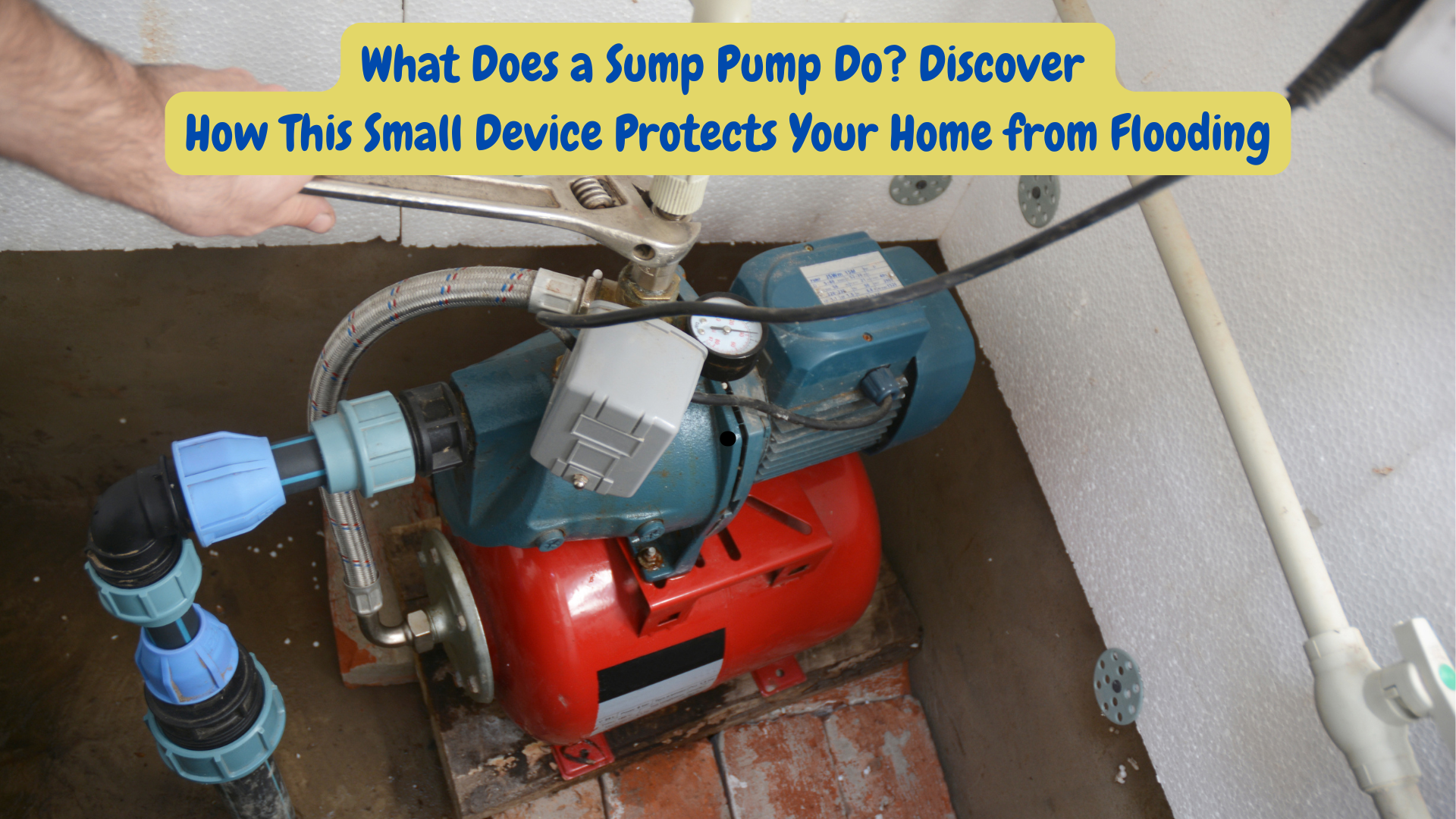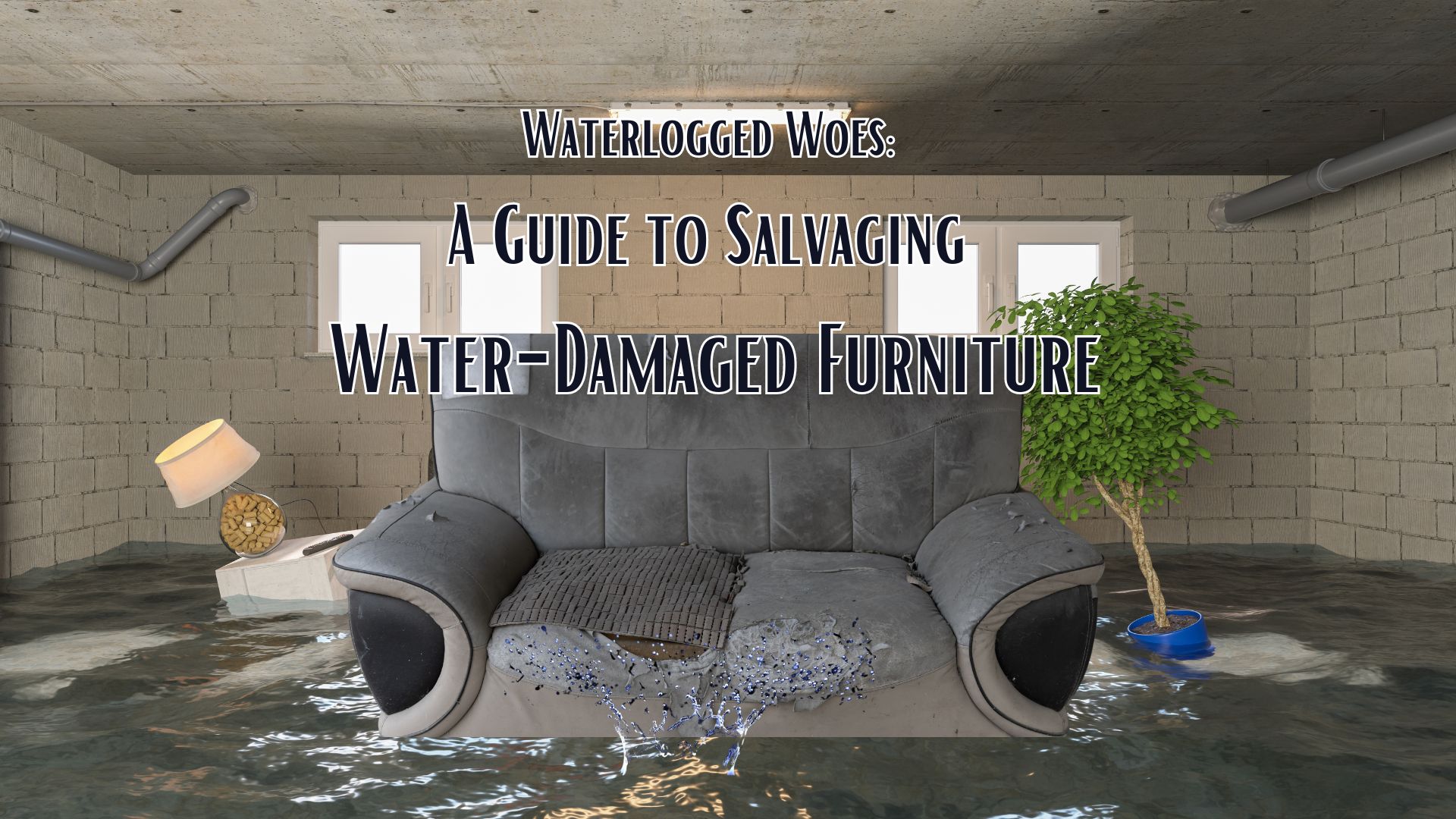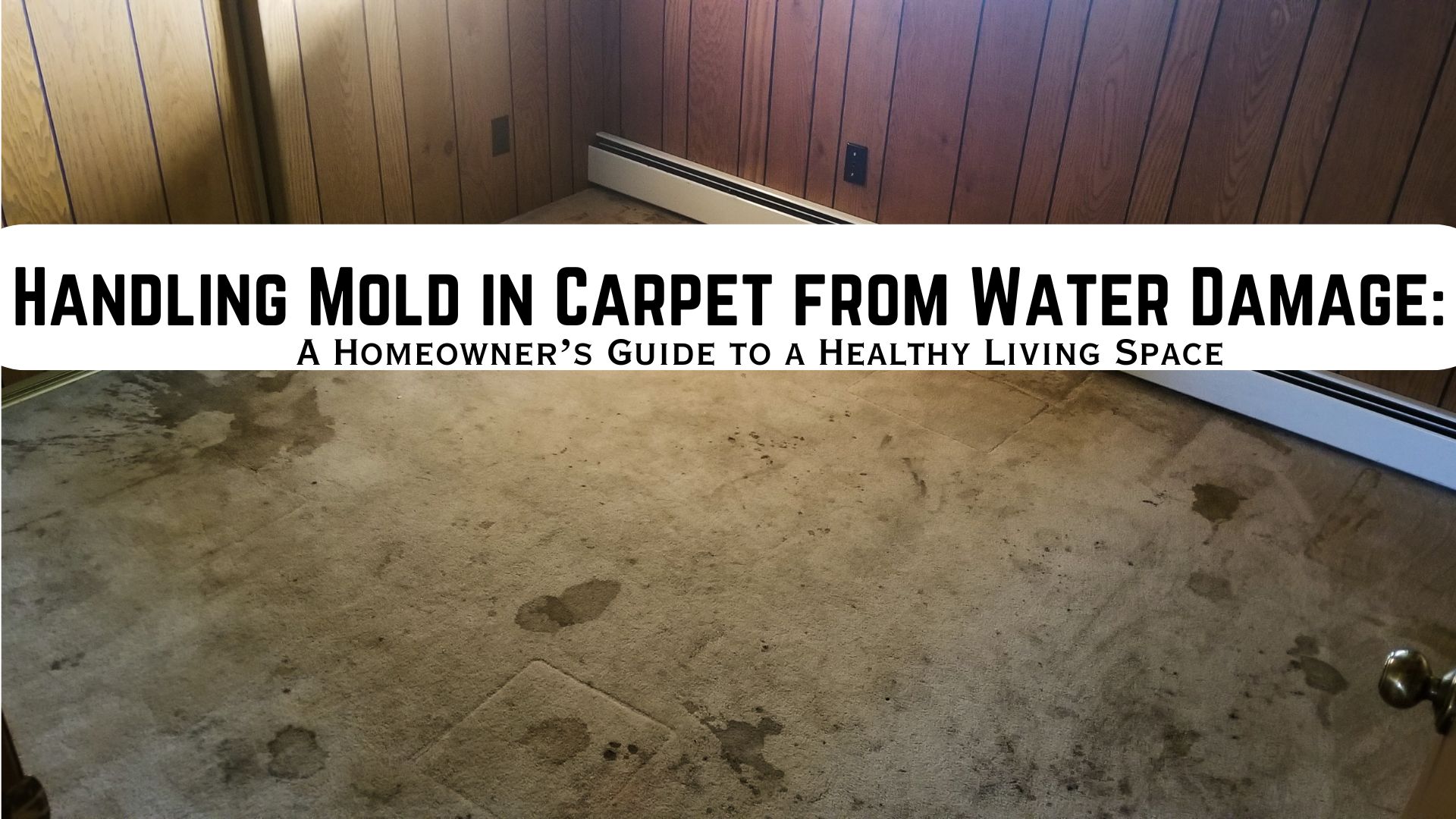
A flooded kitchen can be a major inconvenience and potentially a costly disaster. Whether it’s caused by a burst pipe, a leaky roof, or overflowing appliances, a flooded kitchen requires immediate attention to prevent further damage and ensure a smooth recovery process. This comprehensive guide will walk you through the steps of dealing with a flooded kitchen, from assessing the damage to filing an insurance claim.
Understanding the Risks of a Flooded Kitchen
A flooded kitchen can lead to a variety of problems, including:
- Mold growth: Mold thrives in damp environments, and a flooded kitchen can create ideal conditions for its growth. Mold can cause health problems, including allergies, respiratory issues, and even serious illnesses.
- Structural damage: Water can seep into the walls, floors, and cabinets of your kitchen, causing structural damage. This can compromise your safety and lead to expensive repairs.
- Electrical damage: Water can damage electrical outlets and wiring, posing a serious fire hazard.
- Appliance damage: Flooded kitchens can damage appliances such as refrigerators, dishwashers, and ovens.
Taking Immediate Action
If your kitchen has flooded, it’s important to take immediate action to minimize damage and prevent further problems. Check the following and take action:
- Shut off the water supply immediately: Do this by locating and turning off the main water shutoff valve.
- Unplug appliances: Unplug all electrical appliances in the affected area to prevent electrical shock.
- Remove standing water: Use a wet-dry vacuum or buckets to remove as much standing water as possible.
- Ventilate the area: Open windows and doors to help dry the area and prevent mold growth.
- Document the damage: Take photos and videos of the damage to help with your insurance claim.
Assessing the Damage
Once you’ve taken immediate action, it’s important to assess the extent of the damage. This will help you determine the best course of action and the cost of repairs.
- Inspect for leaks: Check for any leaks in pipes, faucets, or appliances that may be causing the flood.
- Check for structural damage: Look for signs of water damage, such as warped floors, sagging ceilings, or peeling paint.
- Inspect appliances: Check appliances for water damage and determine if they need to be repaired or replaced.
Dealing with Insurance Claims
Filing an insurance claim for a flooded kitchen can be a stressful process. However, understanding your policy and gathering the necessary documentation can help streamline the process.
- Review your policy
Familiarize yourself with your homeowners insurance policy, including coverage limits and deductibles.
- Document the damage
Take detailed photos and videos of the damage to support your claim.
- Gather all the receipts
Keep and maintain a record of all expenses and repairs related to the flood.
- Contact your insurance agent
Explain the situation and follow their instructions.
- Be patient
The insurance claims process can take time, so be patient and persistent.
Hiring a Water Damage Restoration Professional
In many cases, it’s best to hire a professional water damage restoration company to handle the cleanup and repair process. These professionals have the experience and equipment to effectively remove water, dry the area, and repair any damage.
When choosing a water damage restoration company, be sure to:
Get multiple quotes
- Compare pricing and services from various companies.
Check references and verify credentials:
- Inquire about recommendations from past clients and confirm qualifications.
Verify Insurance
- Ensure the company is properly insured.
Kitchen Restoration Tips
Once the water damage has been addressed, it’s time to focus on restoring your kitchen. Here are some tips:
- Clean and sanitize: Thoroughly clean and sanitize all surfaces and appliances to remove any mold or bacteria.
- Repair or replace: If necessary, repair or replace damaged cabinets, flooring, and appliances.
- Deodorize: Use air fresheners or natural deodorizers to eliminate any unpleasant odors.
- Redecorate: Consider taking this opportunity to update your kitchen’s decor.
Preventing Future Floods
To prevent future floods, it’s important to take proactive steps:
- Maintain your plumbing system: Regularly inspect pipes and fixtures for leaks and have them repaired as needed.
- Check appliances: Ensure that your appliances are in good working condition and are properly installed.
- Install a water leak detector: These devices can alert you to leaks before they cause significant damage.
- Prepare for emergencies: Have a plan in place for how to respond to a flood, including emergency contact information and a list of essential supplies.
Additional Considerations
- Emotional impact: A flooded kitchen can be emotionally stressful. Don’t hesitate to reach out to friends, family, or a mental health professional for support.
- Local resources: Your local community may offer resources and assistance for those affected by disasters.
- Homeowners association: If you live in a homeowners association, they may have specific guidelines for dealing with water damage.
By following these steps and taking preventative measures, you can minimize the impact of a flooded kitchen and ensure a smooth recovery process.
Enjoy a Smooth Recovery Process With Superior Restoration
A flooded kitchen can be a major inconvenience, but with the right steps, you can recover from the damage and prevent future problems. By taking immediate action, assessing the damage, contacting your insurance company, and hiring a professional water damage restoration company, you can ensure a smooth recovery process. Remember, prevention is key, so take steps to maintain your plumbing system and appliances to reduce the risk of future floods.
Don’t let a flooded kitchen disrupt your life. Contact Superior Restoration today for 24/7 emergency services.



